Living and Working in Brighton, England
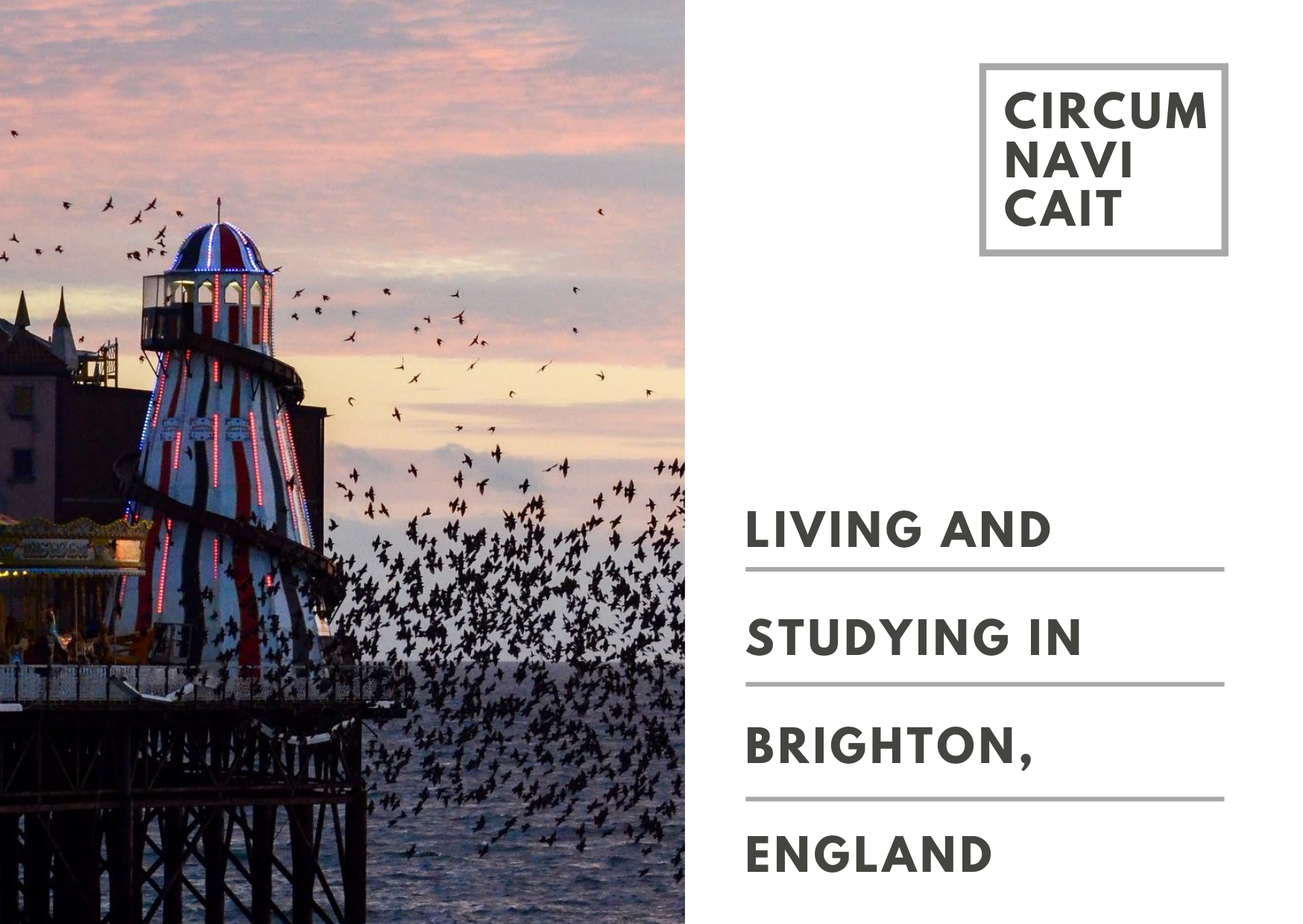
I’m sitting down to write this blog post on my last full weekend living in Brighton, but oh well, better late than never. I’ve spent the past seven months exploring all that this lovely coastal city has to offer, so here’s a run down one what it’s like to live in Brighton, England.
London by the Sea
Brighton, also known as ‘London by the Sea’ or by its full name of Brighton & Hove, is a coastal city located on the English Channel about an hour and 15 minutes south of London by train. It’s not a quaint and quiet beach hamlet, though, but rather a bustling city of roughly 300,000. Brighton is the LGBTQ+ capital of the UK and is home to lots of students thanks to the University of Sussex and Brighton University.
I moved to Brighton to earn an MA in Media Practice for Development and Social Change at the University of Sussex. I knew little about the city before moving here in September of 2021, but it has pleasantly surprised me time and time again.
Renting in Brighton
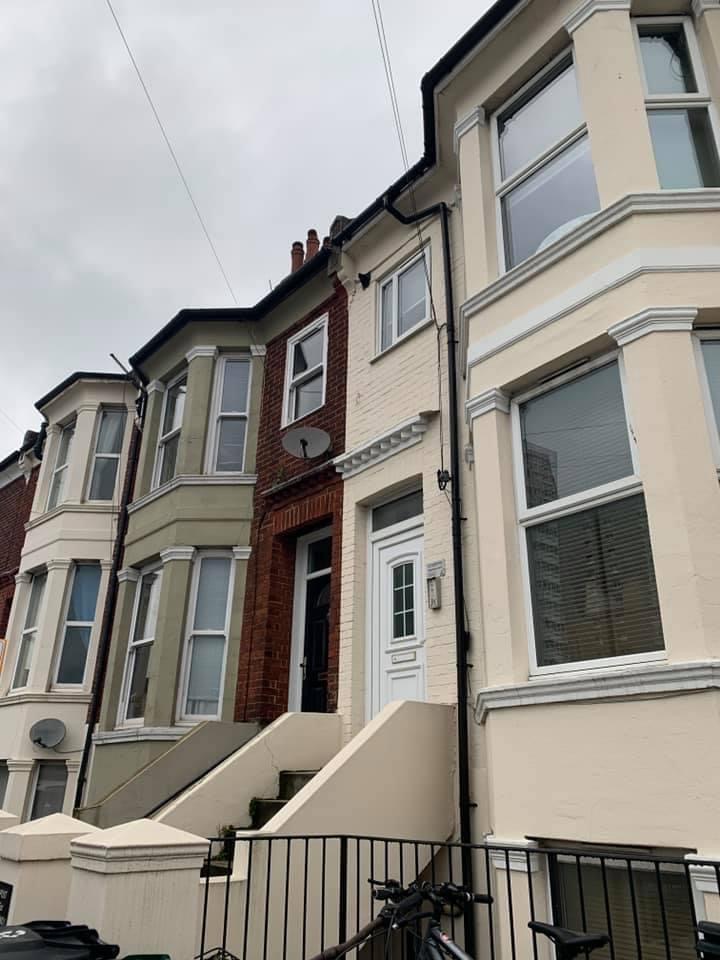
Brighton earns the nickname ‘London by the Sea’ because it is just as expensive to live in as England’s bustling capital city. I found my house through student housing Facebook groups a couple of months before moving over, and took a leap by signing a lease on one of the cheapest rooms I could find in the entire city without ever having seen it.
I rent a small room in a 7 person house in a great neighborhood of Brighton for £435 ($575) a month, including all of my bills. Most rooms in Brighton are closer to £600-£700 pounds a month, and it is becoming rarer and rarer to find bills-inclusive rent with energy costs skyrocketing throughout the country. I really lucked out, though, and ended up sharing a house with 6 other amazing people – 4 guys from England and Bulgaria and 2 other women from Romania and India.
We live in Hollingdean, which is super close to major grocery stores, bus stops, and a train station. From the house, it’s a 25 minute walk or 10 minute bike ride to the center of town, and a 25 minute bike ride or 20 minute bus ride to the University of Sussex campus.
Studying at the University of Sussex
I chose the University of Sussex for my masters degree because they have one of the best development studies programs in the world, and because they have an incredibly unique program that combines arts and media with development studies. My program has about 50 people from all over the world – the US, Canada, Chile, Bolivia, Brazil, France, Switzerland, Nigeria, India, China, Bangladesh, Japan, and more. It’s an incredible mix of eery talented people with so much life and work experience between us.
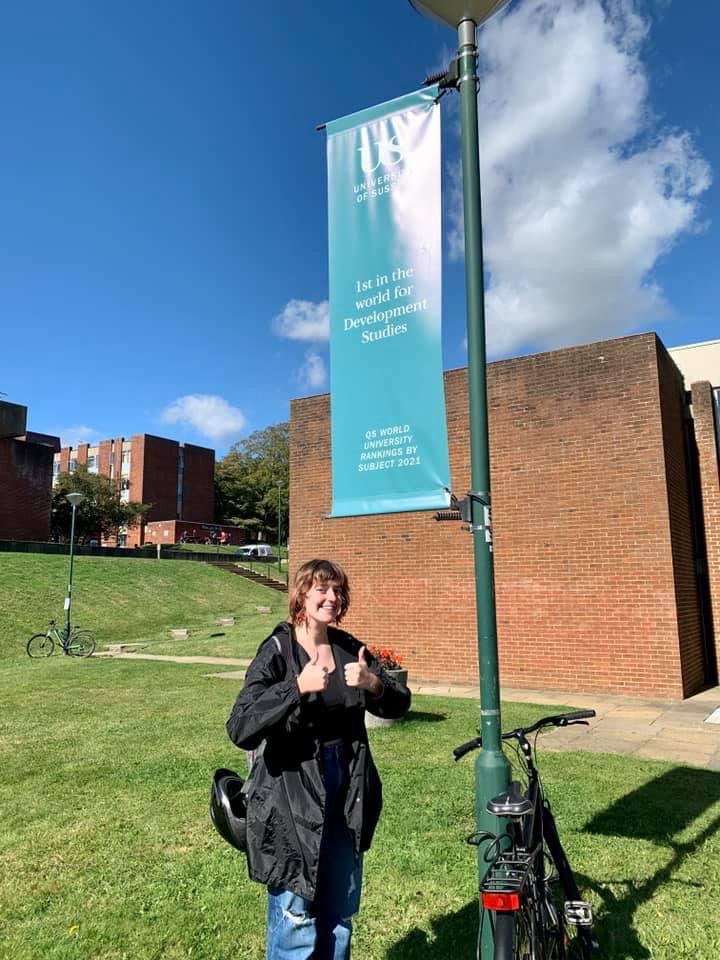
In the fall term, I took two courses – Critical Perspectives on Development and Social Change, a development theory class, and Producing Media for Development and Social Change. I learned a great deal about the evolution of development media as well as practical knowledge of how to use video cameras, record podcasts, and use the full Adobe Suite. For my media production course I got to spend the term working alongside two of my classmates to create a multi-media project about toxic masculinity and the University of Men’s rugby team.
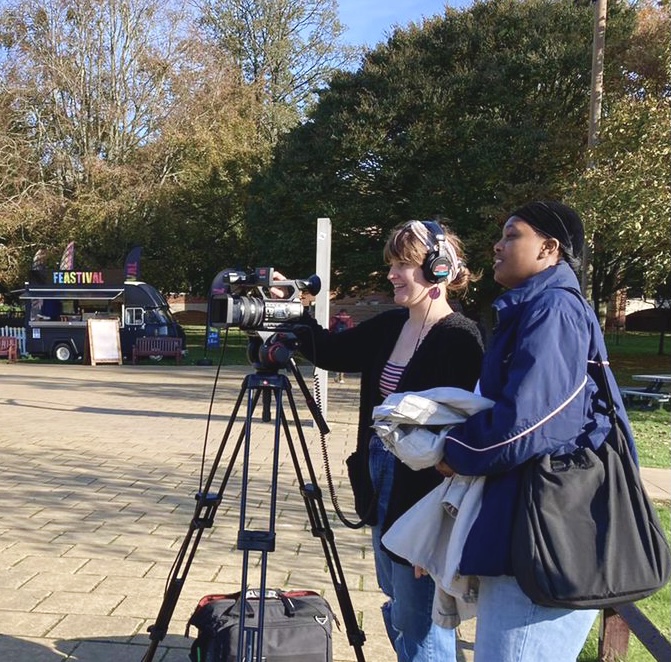
In the Spring term, I’m taking Decolonizing, Diversifying, and Demythologizing and Activist Media Practice. DDD focuses on decolonization in academia, government, museums, research, and more. The activist media course explores how forms of media from video to social media to street art can be used to organize and promote important causes. As part of the course I am developing a media campaign to promote blood donation in Brighton.
After my classes wrap up in the next few weeks, I’ll begin working on my dissertation – a podcast about the work being done by the Sound Defense Alliance in the Puget Sound of Washington State.
I’ve loved developing my podcasting skills throughout this course and through my work on the Walk Through Grief with Grace Podcast, and I am excited to use my skills to create a podcast that creates positive social change.
The program has been interesting and has given me access to great technical equipment and software, but I’d be less than honest if I didn’t mention how studying in the UK has been an absolute mess. Since my program started, my professors have been on strike for five weeks out of only 20 weeks of classes, and I’ve missed several other weeks due to professors contracting COVID. Tuition fees aren’t cheap for international students, so it has been disappointing to say the least that so much learning has been lost. I fully support the strikes, and the University of Sussex as well as other universities across the UK need to do so much more to show that they value their incredible staff. Information on why lecturers are striking can be found here.
I write this because I think it’s important for students, especially international students, to know what they’re getting into before deciding to study in the UK.
Working as an International Student in Brighton
As soon as I arrived in Brighton, I began looking for part time work to help pay my rent. This searched kicked off a rollercoaster of a journey, starting with a job working as a studio assistant for an environmental artist. The job was perfectly suited to my interests and skills – I would be helping with international logistics for a huge glass art installation. I got the position and was very excited to start, but soon learned that international students in the UK are not allowed to work as independent contractors or freelance workers.
That issue forced me to look for other opportunities, and I soon found myself waitressing and bartending at Brighton & Hove Albion football matches and at an event venue in London. This job was exhausting, but I enjoyed learning new skills, interacting with new and interesting people, and catching a bit of some local football matches.
When I returned to Brighton in January after the winter holidays, I worked harder on networking, and had the pleasure of connecting with Emily of Olive & Joyce, a local small skincare business. I spent several days working alongside Emily to capture new product photos for her website and social media. You can see my product photography work with her here.
I also did some part time work packing products for Balmonds, another skincare company based in Brighton. This was such simple work, but it got me out of the house and allowed me to earn a bit more extra money. Finding work as an international student was challenging and a bit of a mess, but along the way I met and got to work with a lot of cool and kind people.
Things to Do in Brighton
Here’s a short but not exhaustive list of the many things to do in Brighton & Hove.
- Wander through the North Laines and shop in one of the many vintage stores
- Stroll along the Brighton Palace Pier and marvel at the starling murmurations at sunset from October to March (my favorite thing to do in Brighton!)
- Walk the Undercliff Walk past the Brighton Marina and take in the gorgeous white chalk cliffs
- Relax on the pebble beach and gaze upon the ruins of the West Pier
- Walk along the Hove Lawns and see the colorful and iconic Hove beach huts
- Hike in the South Downs National Park that surrounds Brighton
- Go out for Sunday Roast at the Roundhill or the Earth & Stars
- Visit the eclectic Brighton Pavilion
- Explore one of the many museums and galleries – the Brighton Museum & Gallery, the Booth Museum of Natural History, the Fishing Museum, the Fabrica Gallery, the Hove Museum & Gallery, the Brighton Toy & Model Museum, and more
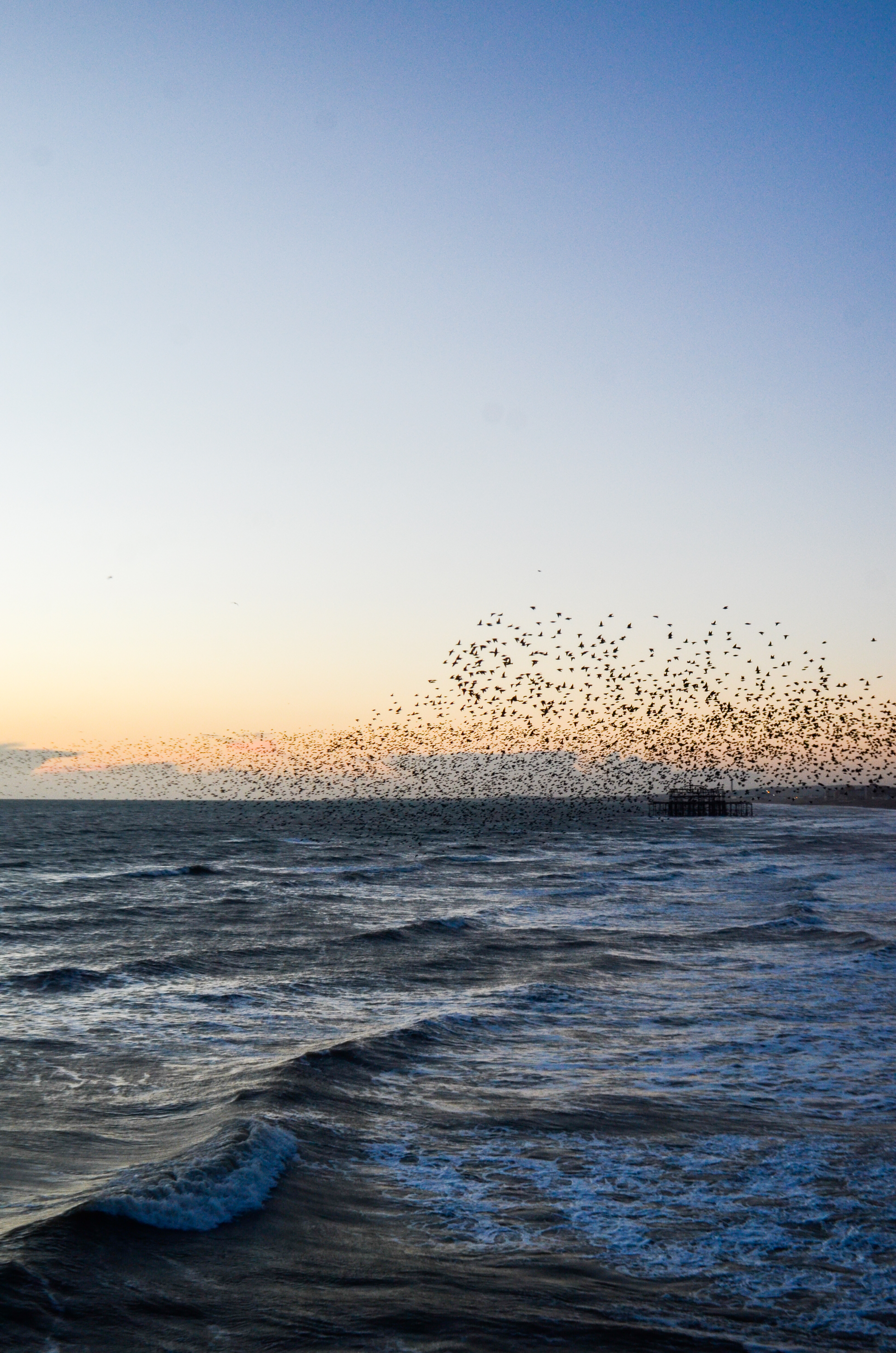

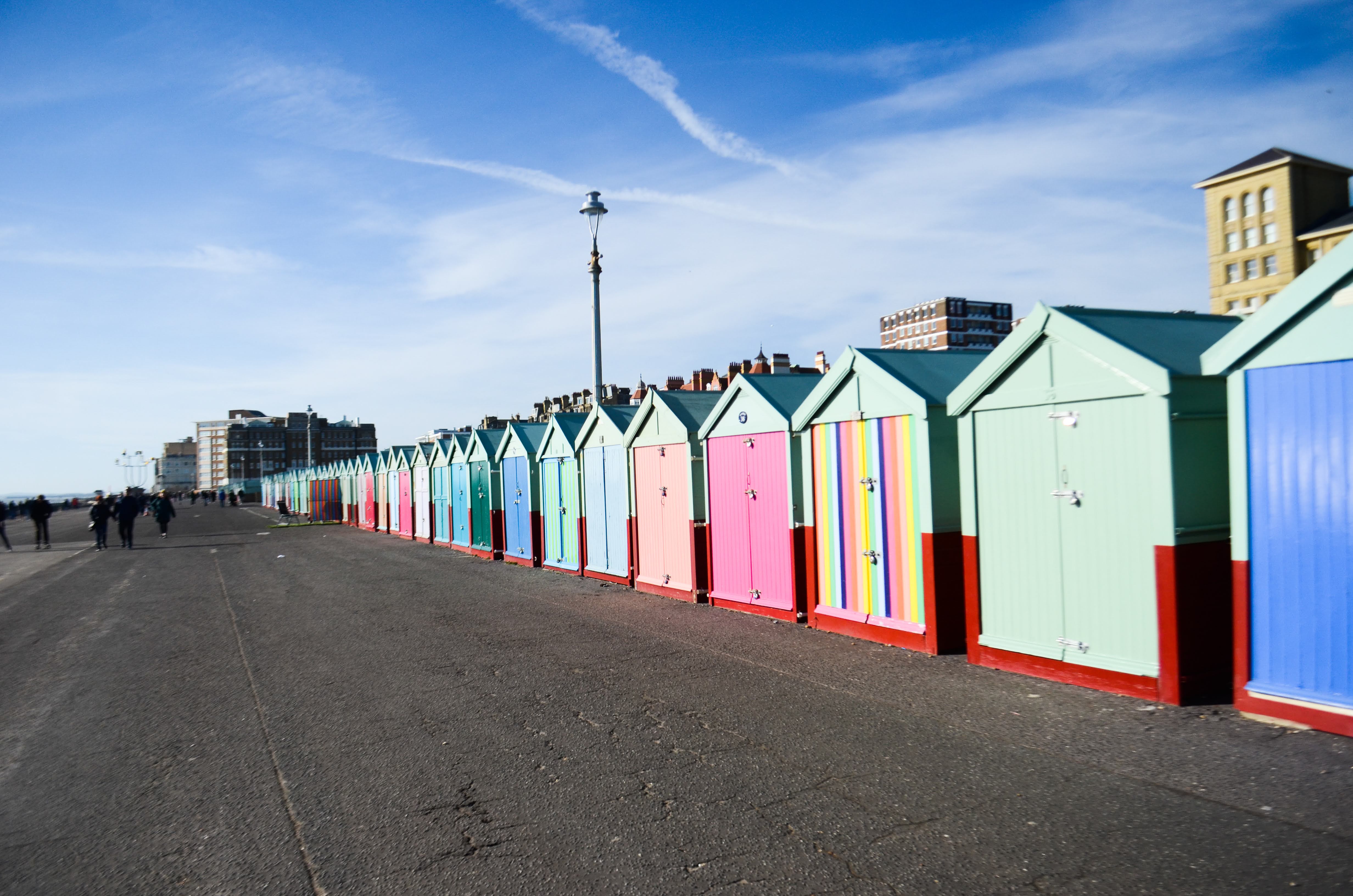
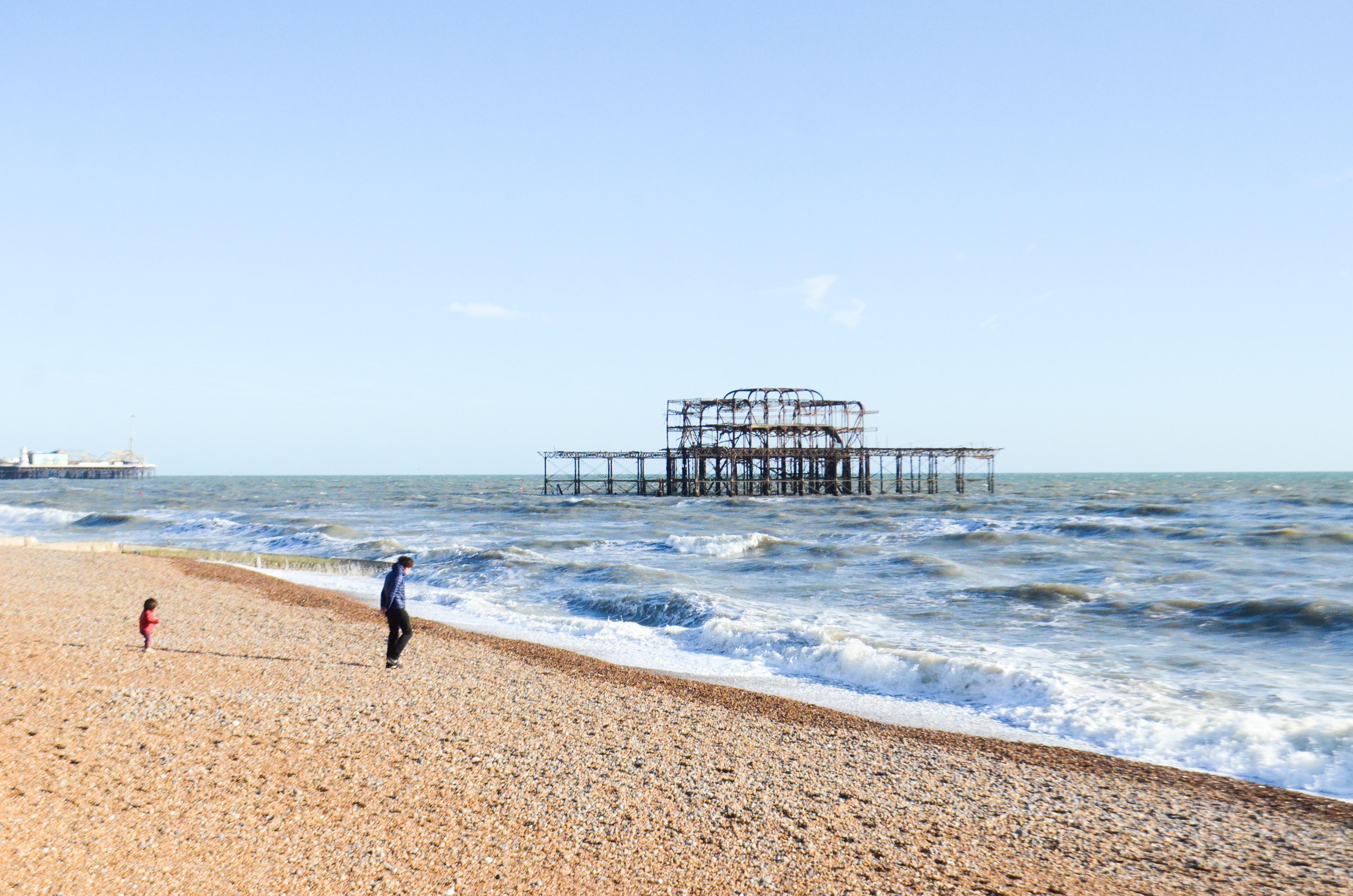
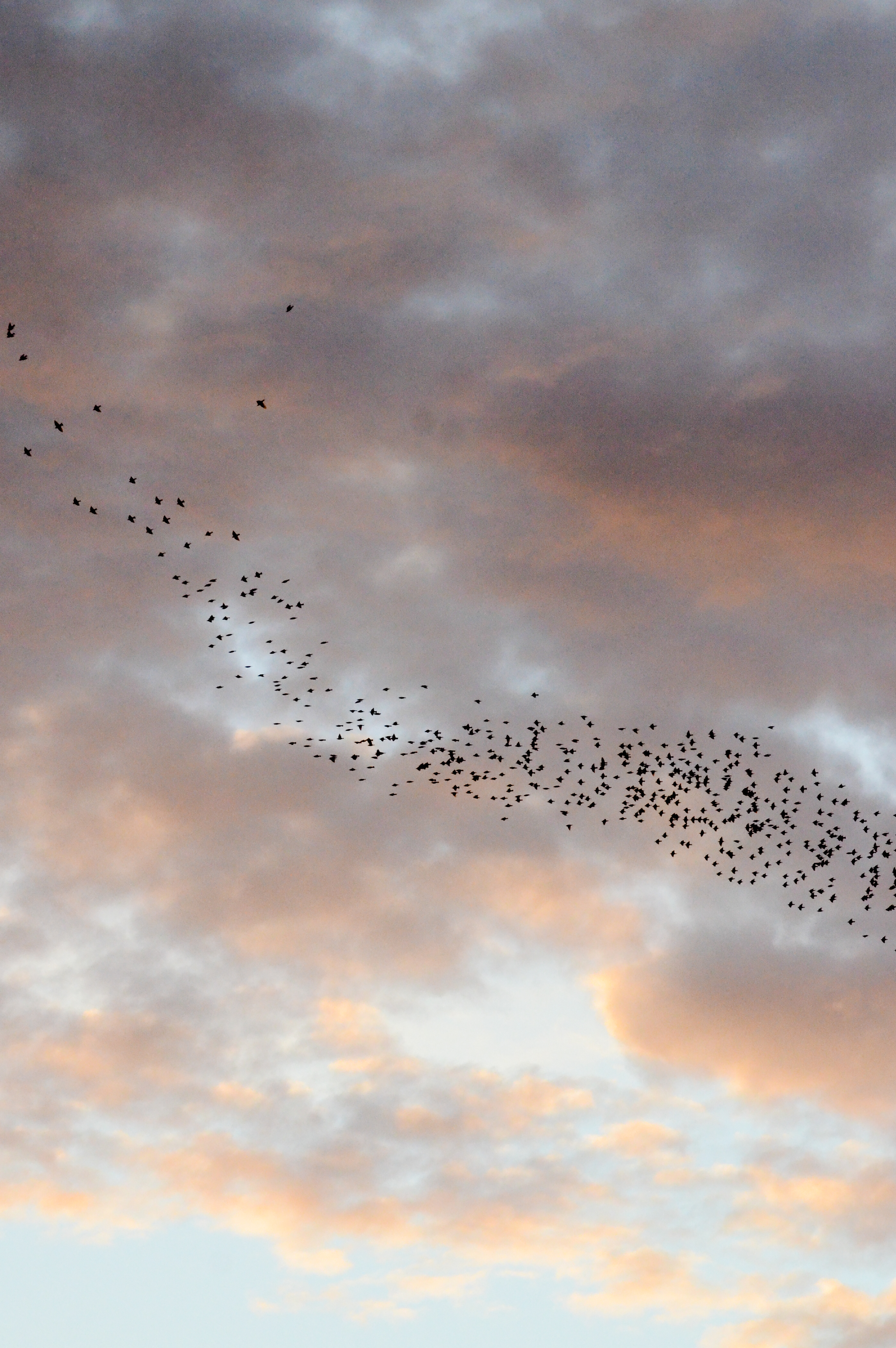
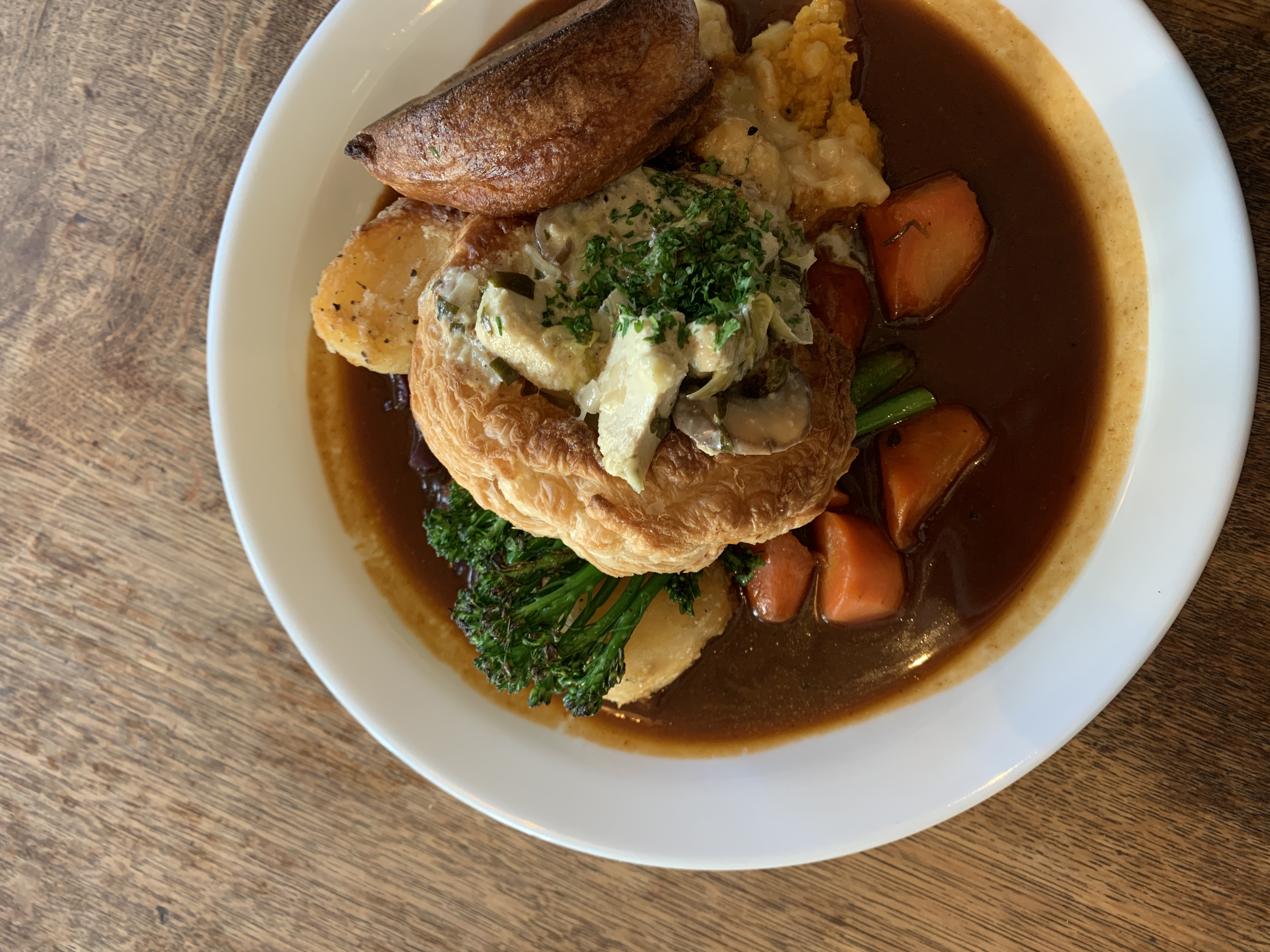
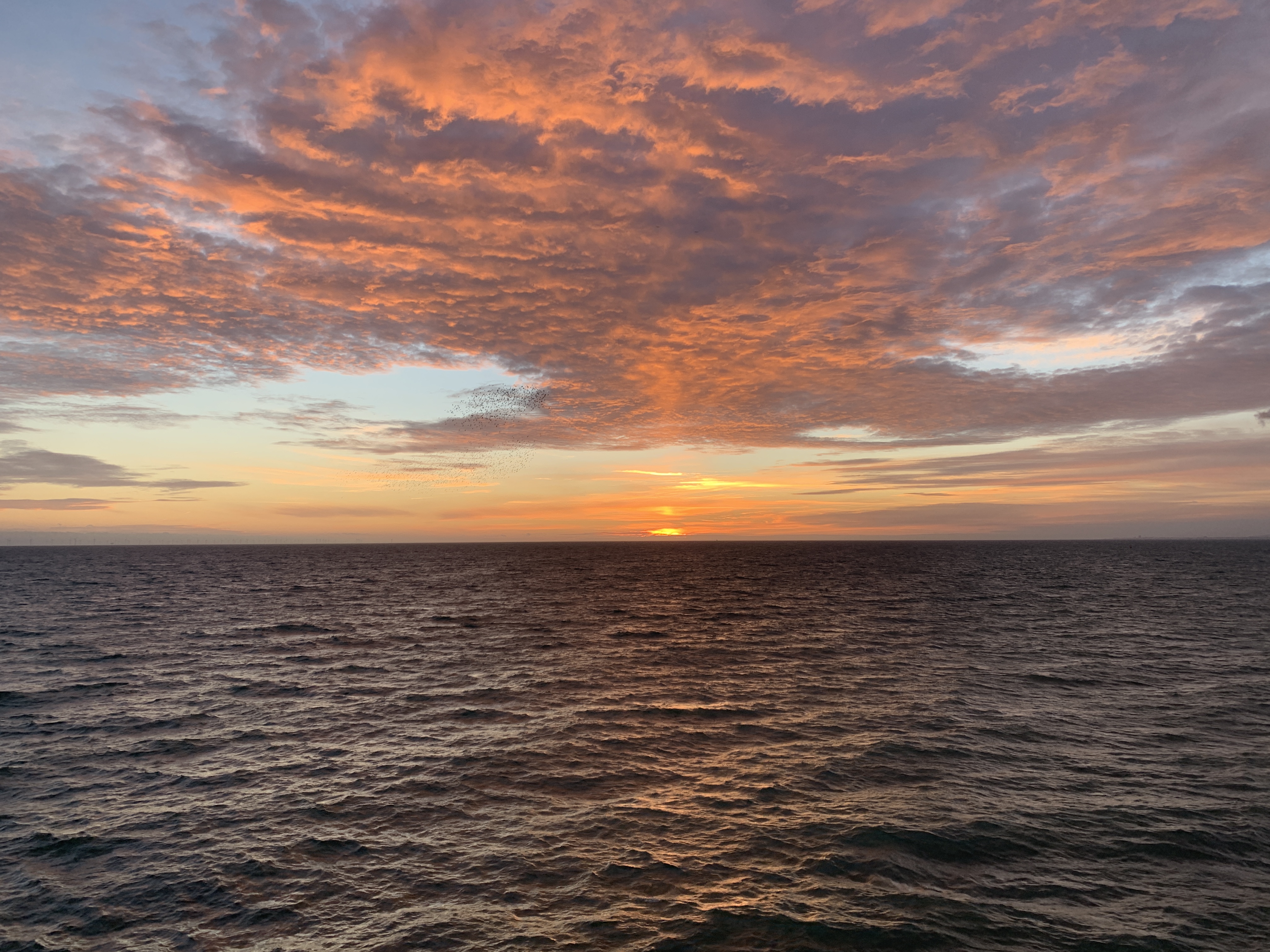
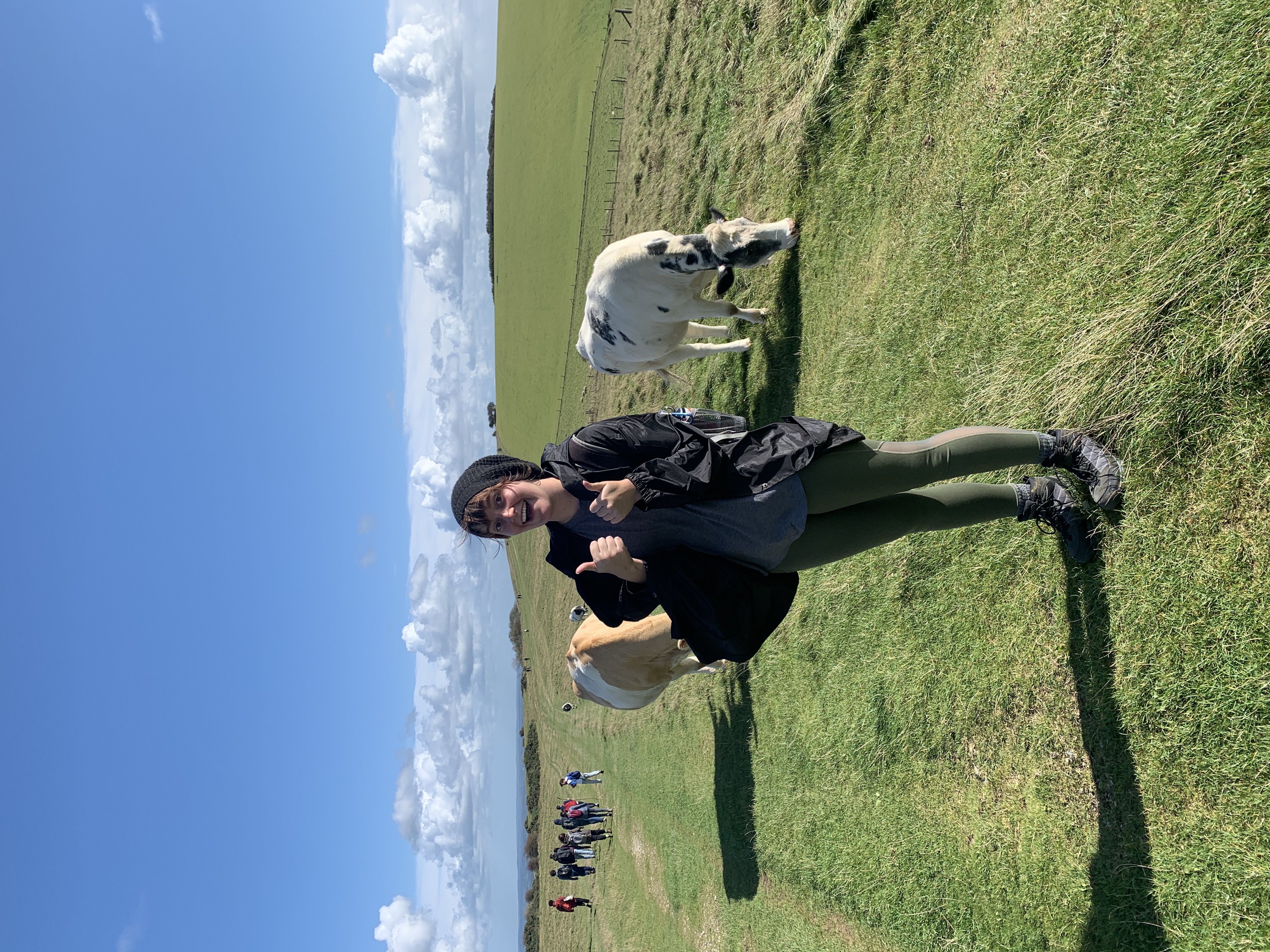
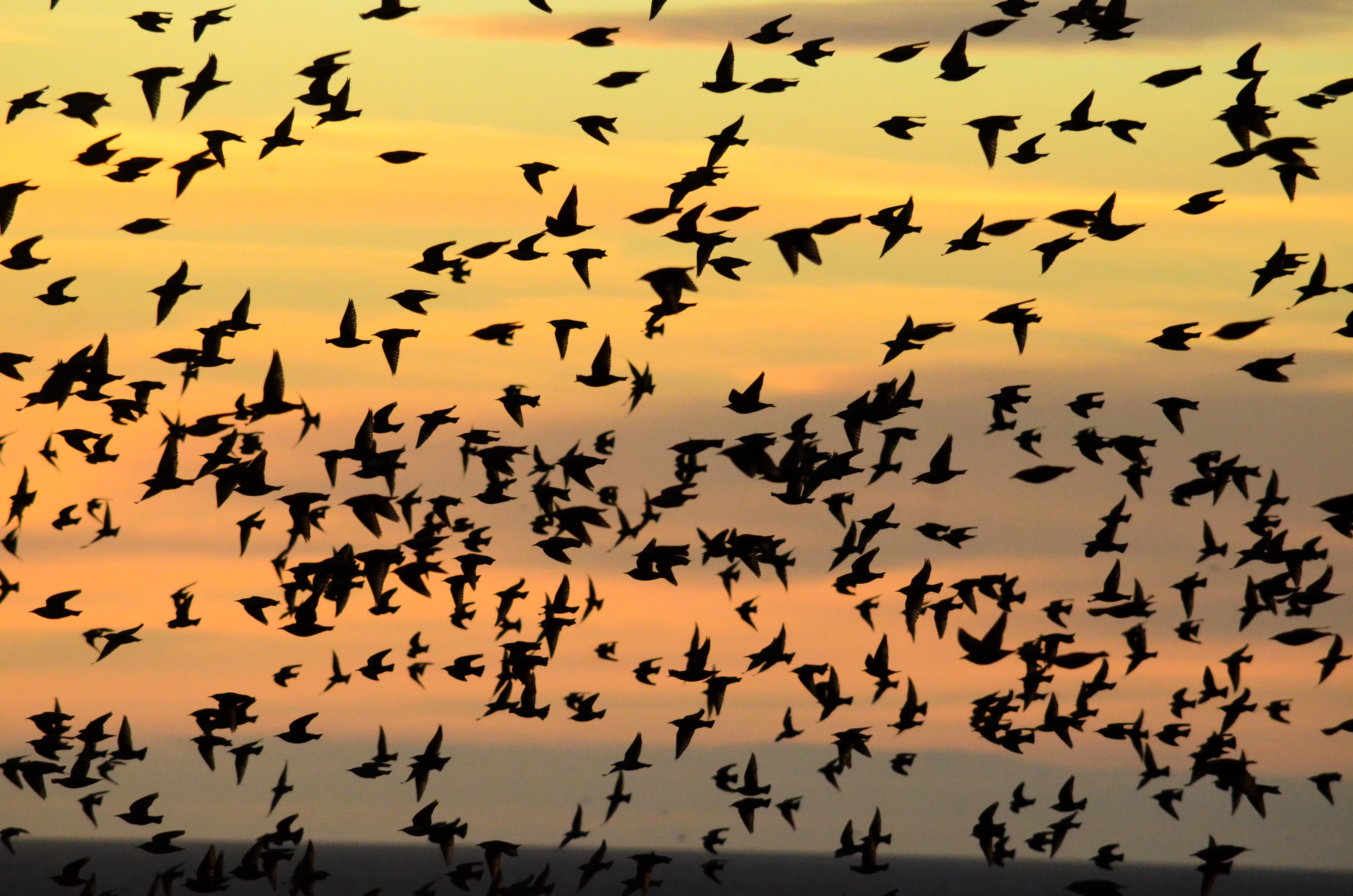
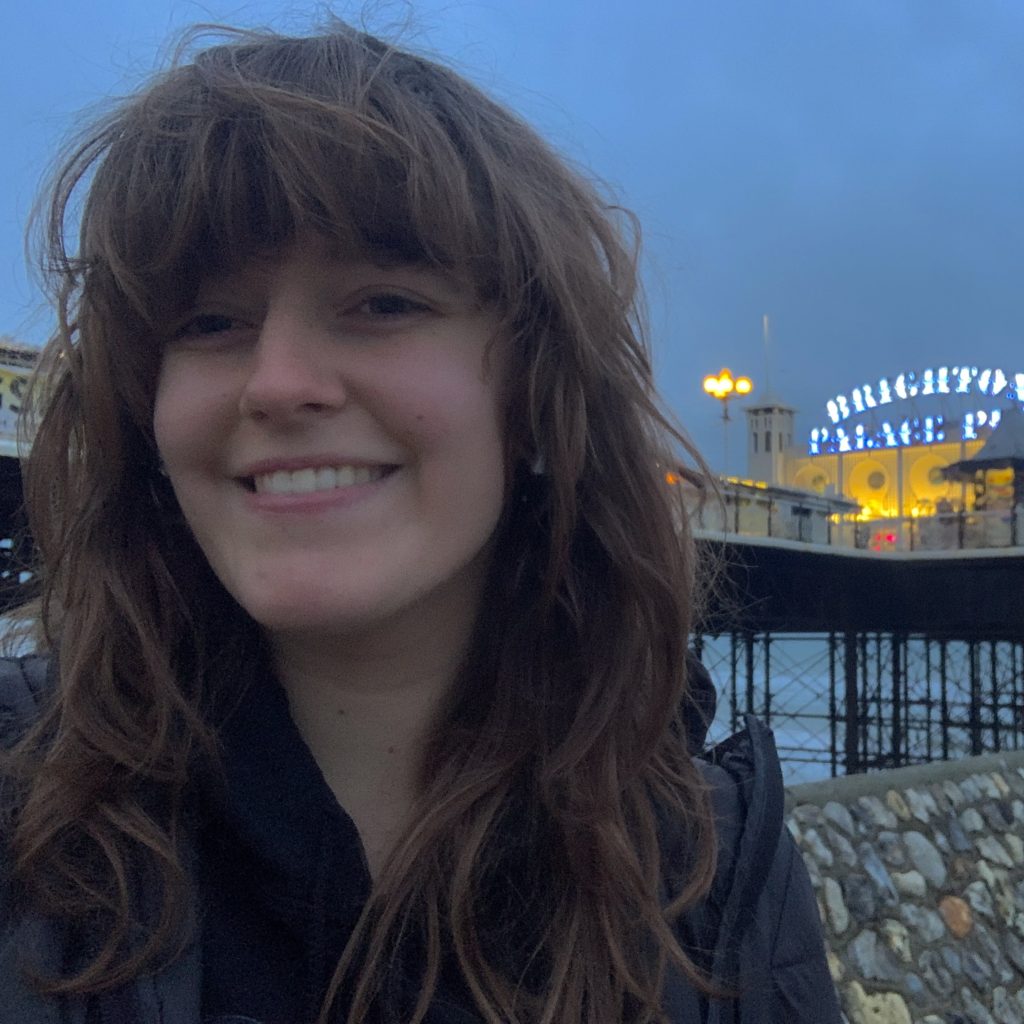
Overall, Brighton is a great and vibrant place to live, full of kind and colorful people. Although my studies here have been a rollercoaster, I’m glad that they brought me here to Brighton.